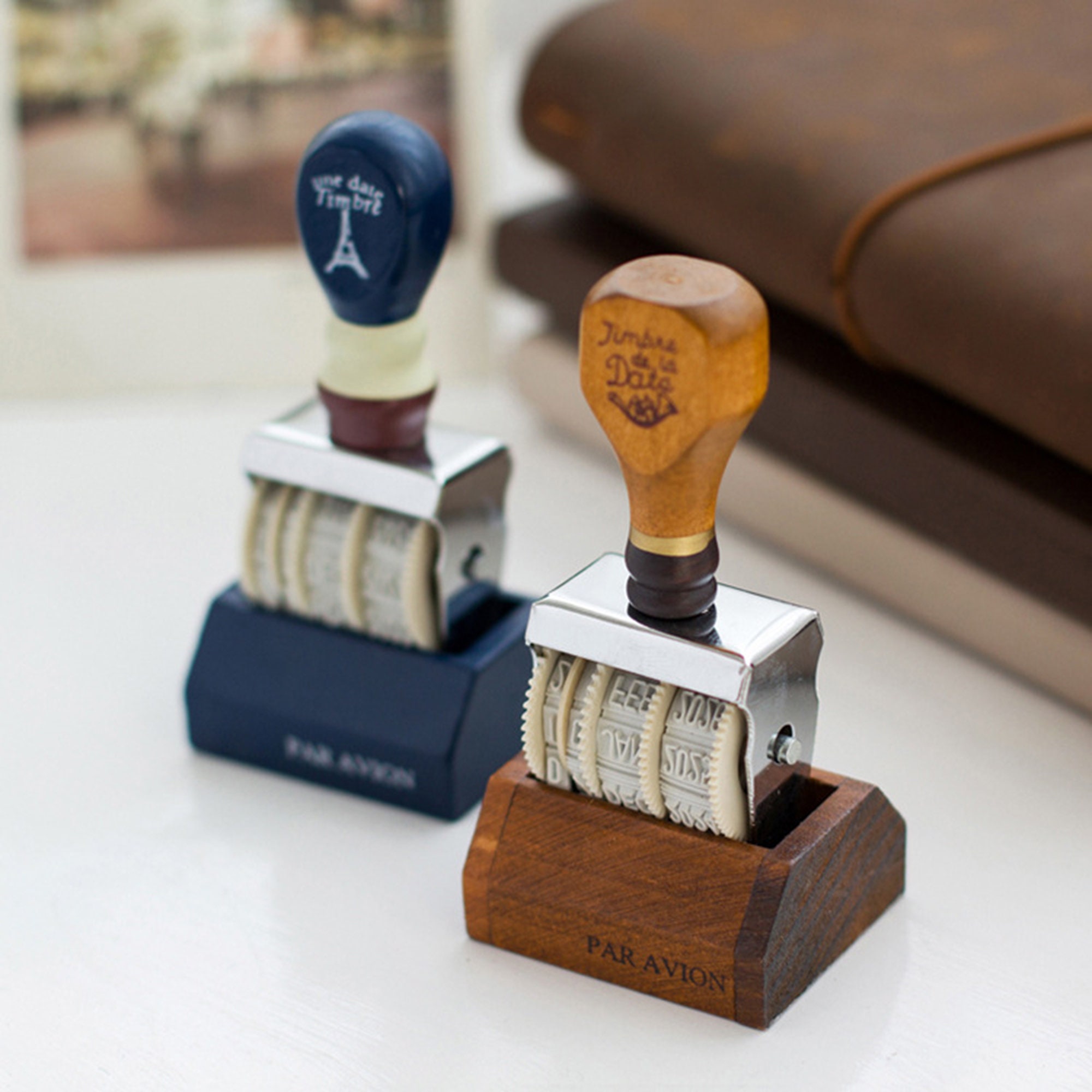


This is the case for photographs taken in the 20th century, when uniforms become more standardised. The presence of an individual in uniform can make the process of dating the photograph easier. Photograph of a group containing a party who met with a fatal boating accident in Barmouth 1 August 1894. There are plenty of online resources on the history of fashion which can assist you in identifying the different elements. Look also at sleeves – is there a puff at the shoulder? And hairstyles – consider the parting, fringe and accessories.Īll of these clues will help you to determine the particular era of fashion being displayed. From a woman’s silhouette you may be able to determine whether she is wearing a bustle, what shape it is and also whether her gown has a train. Look at the length and shape of skirts in particular. Look carefully at any young women as women’s fashion developed faster than men’s and younger women tended to be more likely to wear more contemporary styles. If your photograph depicts people, look at what they are wearing, as fashion can be a very useful indicator of when it was taken. Some detective work might be required, but even a couple of words such as ‘Ann’s birthday’ or ‘Village fair’ can be immensely helpful! 2.

You can also look out for handwritten notes on the back of the photograph such as names, events or locations. Does the photographer’s studio name appear on either side of the photograph? If so, you may be able to date it to the period when the photographer was active. It may seem obvious, but don’t forget to check the photograph carefully for any written marks which might point towards its age.

Here at The National Archives, we have teams who specialise in both areas and in this blog, Visual Collections Researcher Katherine Howells and Conservator of photographs and paper Ioannis Vasallos share their tips. The most effective way to date photographs is to combine historical analysis with knowledge of different photography techniques and materials through time. If you find yourself with a collection of photographs that lack contextual information, there are a number of clues you can look out for. When photographs are passed down through generations of families, sometimes the stories of the people in the images become fragmented or lost.


 0 kommentar(er)
0 kommentar(er)
